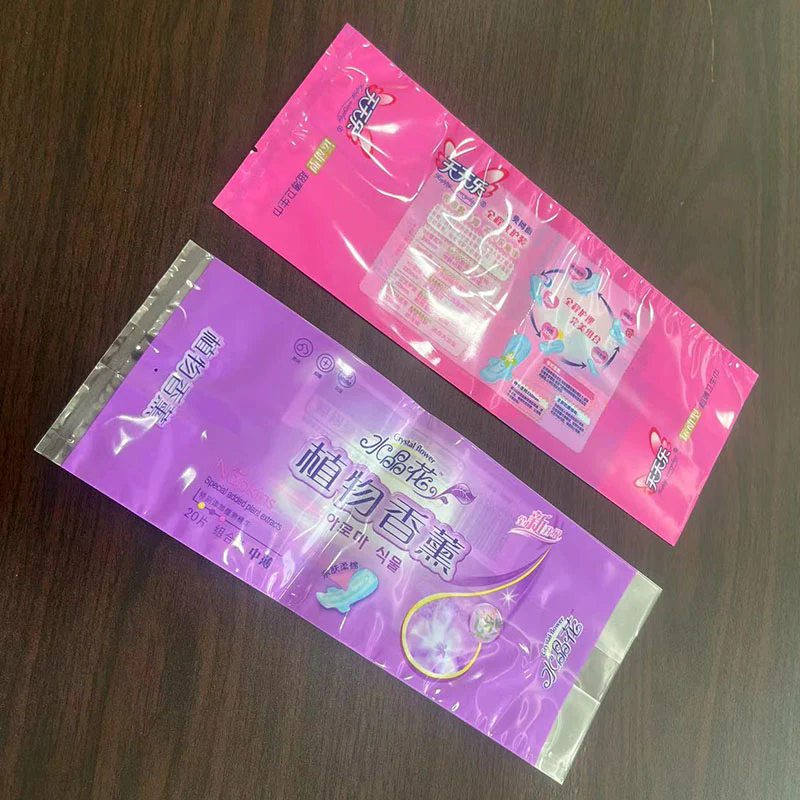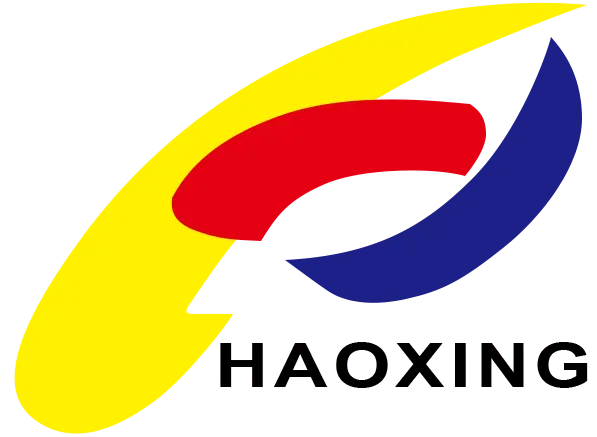What is the packaging process for sanitary pads?
2024-01-16
Sanitary pads are typically packaged in a way that ensures hygiene, convenience, and protection of the product. The packaging design may vary among different brands, but some common features include:

Individual Wrappers: Most sanitary pads come individually wrapped in a sealed plastic or paper wrapper. This individual packaging helps maintain hygiene and ensures that each pad remains clean and ready for use until it is opened.
Outer Packaging: Several individual pads are then packaged together in a larger outer wrapper or box. This outer packaging often provides additional protection and information about the product, such as the brand name, product features, and usage instructions.
Sealed for Freshness: The packaging is designed to be airtight and sealed for freshness. This helps prevent contamination and ensures that the sanitary pads remain clean and safe for use until the consumer opens the package.

Easy-Open Features: Packaging often includes easy-open features such as perforations or tabs to make it convenient for users to open the individual wrappers without difficulty.
Disposal Bags: Some sanitary pad packages may also include disposal bags. These are small bags that can be used to discreetly dispose of used pads, providing a more sanitary and convenient option, especially when proper disposal facilities are not readily available.
It's important to note that manufacturers may use different materials for packaging, and there is increasing awareness and efforts to make packaging more environmentally friendly. Some brands are exploring eco-friendly options such as biodegradable or compostable materials to address concerns about plastic waste.
If you have specific questions about a particular brand or type of sanitary pad packaging, you may refer to the information provided by the manufacturer or on the product packaging itself.




